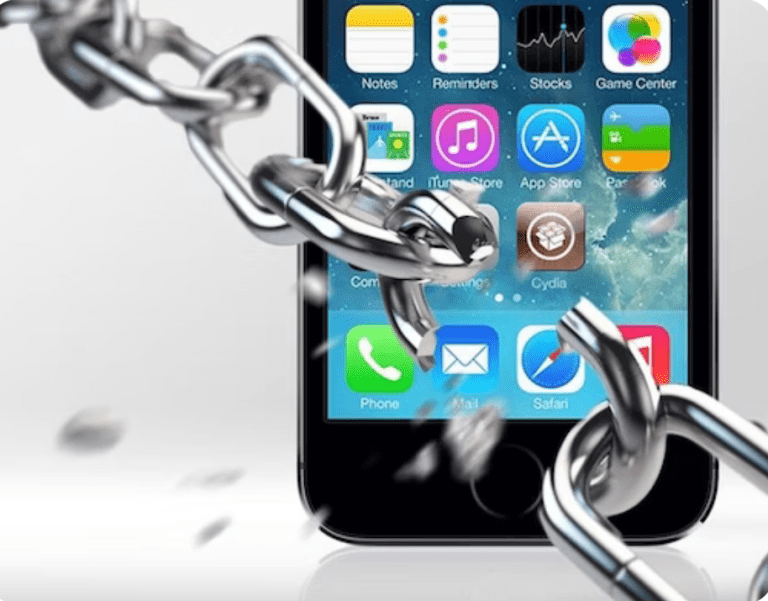Introduction:
For people who want to alter their devices beyond Apple’s boundaries, jail breaking iOS gadgets has long been a fascinating topic. By obtaining software limitations, jailbreaking provides users access to an extensive range of changes, tweaks, and illicit programmes. We will look at the various jailbreaking approaches accessible on iOS in this blog post as well as their effects.

Tethered Jailbreak:
When doing a tethered jailbreak, the iOS device must constantly be linked to a computer, even if it has just been powered on or restarted. The technique includes launching an attack to temporarily change a device’s boot process. A tethered jailbreak gives users root access and the ability to install illegal applications, yet it loses its functionality if the device is restarted without being connected to a computer.
Semi-Tethered Jailbreak:
A tethered jailbreak is less flexible than a semi-tethered one. Users don’t need to connect their iOS device to a computer to boot it into a functional, un jailbroken state. However, users must restore the jailbreak by running the required apps on the device in order to utilize unlicensed apps and enjoy all of the jailbroken state’s features.
Untethered Jailbreak:
An untethered jailbreak, considered the most desirable option, allows users to obtain permanent jailbreak status on their iOS device. It does away with the requirement for a computer or any further actions to keep the jailbroken state after a reboot. Users may alter their smartphone, install illegal applications, and experience the full range of customizations after an untethered jailbreak is implemented.
Semi-Untethered Jailbreak:
A semi-untethered jailbreak combines elements of tethered and untethered techniques. Users don’t need assistance to boot their iOS device into a working, un jailbroken condition. However, a specific application must be installed on the device to revive the jailbreak and use all the jailbroken state’s features. With a certain level of security, this strategy provides comfort and flexibility.
Implications of Jailbreaking:
Jailbreaking gives consumers more customization possibilities, but it’s necessary to think about the ramifications and potential downsides:
- Security Risks: Jailbreaking bypasses the built-in security measures implemented by Apple, exposing the device to potential security vulnerabilities. Unauthorized apps and tweaks downloaded from unofficial sources may carry malware or compromise the device’s security
- Stability Issues: An iOS device may become unreliable after being jailbroken, which may lead to subpar performance, frequent crashes, or even device bricking. The altered system files and unlawful changes might not be compatible with the device’s operating system, which may have an effect on the device’s stability as a whole.
- Voiding Warranty: Jailbreaking an iOS device typically violates Apple’s terms of service, potentially voiding the warranty. Apple may refuse service or repairs for jailbroken devices, leaving users solely responsible for any issues that arise.
- Incompatibility with Updates: Devices that have been jailbroken can stop functioning properly or lose the ability to be jailbroken as Apple updates iOS and fixes security holes. The jailbreak and any customizations may be lost if an upgraded version of the device is used.
Conclusion:
Users who jailbreak their iOS devices may modify their gadgets in ways that go beyond what Apple permits. However, it’s crucial to balance the benefits with any possible risks or disadvantages. Jailbreaking techniques that are tethered, semi-tethered, untethered, and semi-untethered offer varied degrees of ease and adaptability. Before opting to alter your iOS device, it’s important to keep aware of the consequences, security hazards and legal aspects of jailbreaking.

